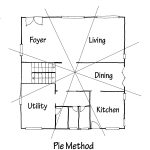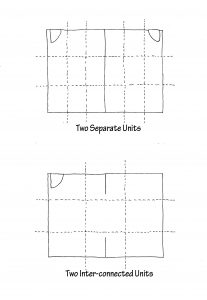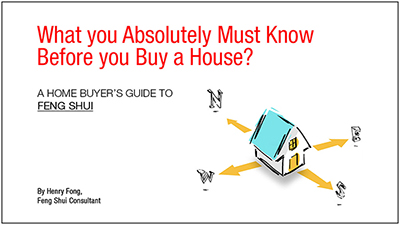This is done by mapping the “qi” distribution map onto the floor plan of the property.
The diagram below shows a typical “qi” distribution diagram. There are nine sectors arrange in a 3 x 3 matrix. Inside each sectors are numbers or text which tells us the varying degree of auspiciousness or in auspiciousness of each sector and as a practitioner we use these information to decide on the optimal usage of each sectors.
The traditional method to “map” the “qi” diagram to the property is known as the Palaces Method. Here the floor is divided into nine sectors in a 3 x 3 matrix much like the “qi” diagram. A modern method divides the property into 8 pie shape sectors and the “qi” is map to the floor plan accordingly. While most methods partition “qi” into 8 sectors, others may partition “qi” into 12 sectors and you should not be surprise to see them.
The correct way is to map the “qi” diagram onto the internal spaces of the property. The external spaces such as the porch and garden are excluded.
If your office comprise of two separate building, you should map each of them separately. If the two buildings are adjacent to each other but with separate entrance and not connected internally, you should still map them separately. However if the two buildings are adjacent to each other but connected internally, then it should be mapped as one building.
For a multi level building you should map the “qi” map to each of the floor.
The Palace Method is the more popular method and it is quite convenient to use especially when the building is or a regular shape. However some modern buildings can have highly irregular shapes and in such cases the pie method may be more appropriate.
In practice, the distribution of “qi” a building floor is constrained by the walls within. For example in the diagram below, the nine sectors are non distributed equally. How to distribute the qi in buildings of different shapes and size is a constant challenge for practitioners that comes with experience.
While the distribution of “qi” is normally confined to the internal spaces in the property, it does not mean that the “qi” stops there. The same “qi” existing outside the house by extension.




